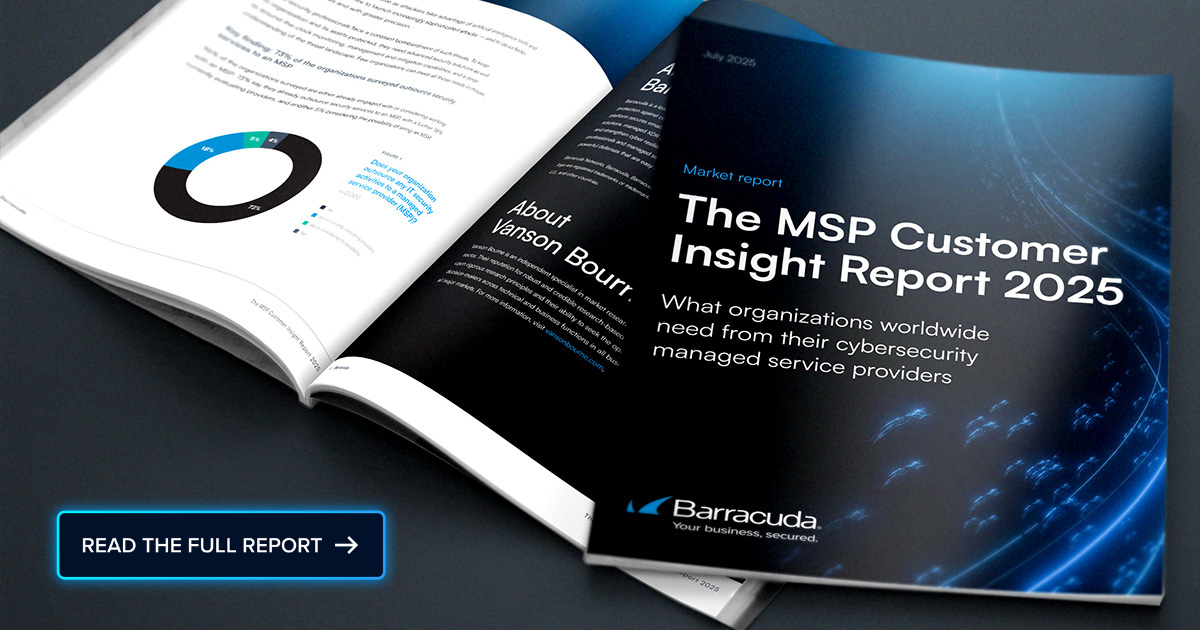
Since the introduction of consumer-ready artificial intelligence (AI) tools the digital marketing landscape is changing faster than ever, and having a solid marketing automation strategy is essential for staying ahead of the competition.
Marketing automation enables AI startups to thrive by enabling them to boost leads, land more sales, and scale efficiently, all largely on autopilot.
This blog will cover everything you’ve ever wanted to know about how to create a marketing automation strategy that takes your digital agency or consultancy to new heights.
What is marketing automation?
Marketing automation enables users to reduce the burden of repetitive marketing tasks, freeing up valuable time, resources, and human capital.
Many marketers will already be familiar with impactful marketing automation for small businesses that have been around for a while, like automatic social media post-publication and automated email follow-up campaigns.
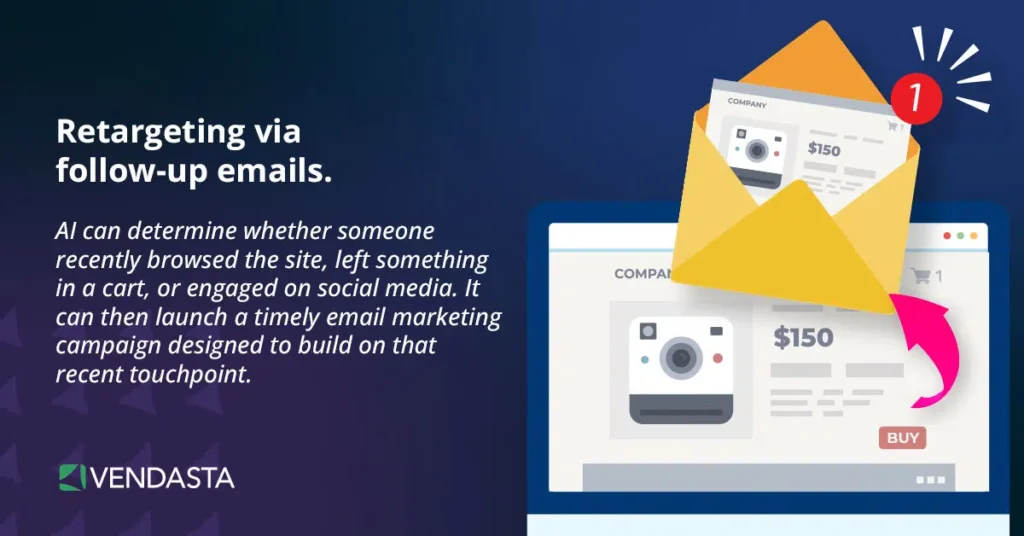
Thanks to sophisticated AI algorithms, marketing automation strategies today also involve more complex tasks, like multifactorial lead scoring and dynamic content personalization.
The single most important development in marketing automation strategy in recent years is, without a doubt, AI.
From enhanced campaign optimization and lightning-fast content creation to AI-powered funnels, automation is smarter and more efficient than ever. A solid understanding of AI integration and marketing automation best practices can help even resource-strapped small businesses and agencies benefit from this newly unleashed marketing superpower.
Benefits of a marketing automation strategy
If business is going well, it may seem like incorporating marketing automation integrations will just add unnecessary bloat to your agency or your small business clients. In fact, embracing automation can do the opposite by simplifying your operations and enabling you to focus on—and sharpen—your strengths.
Let’s take a look at some key marketing automation benefits:
- Efficiency boost: Automating routine tasks allows your team to focus on strategic activities, delivering more value with their time.
- Personalized campaigns at scale: With AI-powered audience segmentation, you can easily deliver personalized messages to different customer groups, enhancing engagement and conversions. Marketing automation platforms can also tailor content and offers to individual preferences and behaviors, providing personalization at a granular level.
- Unbeatable customer experiences: Automated workflows empower businesses to deliver more value through their messaging, improving satisfaction and loyalty. Salespeople can also dedicate more time to one-on-one interactions in an account-based marketing strategy.
- Higher ROI: The ability to scale without additional costly hiring drives impressing marketing automation ROI.
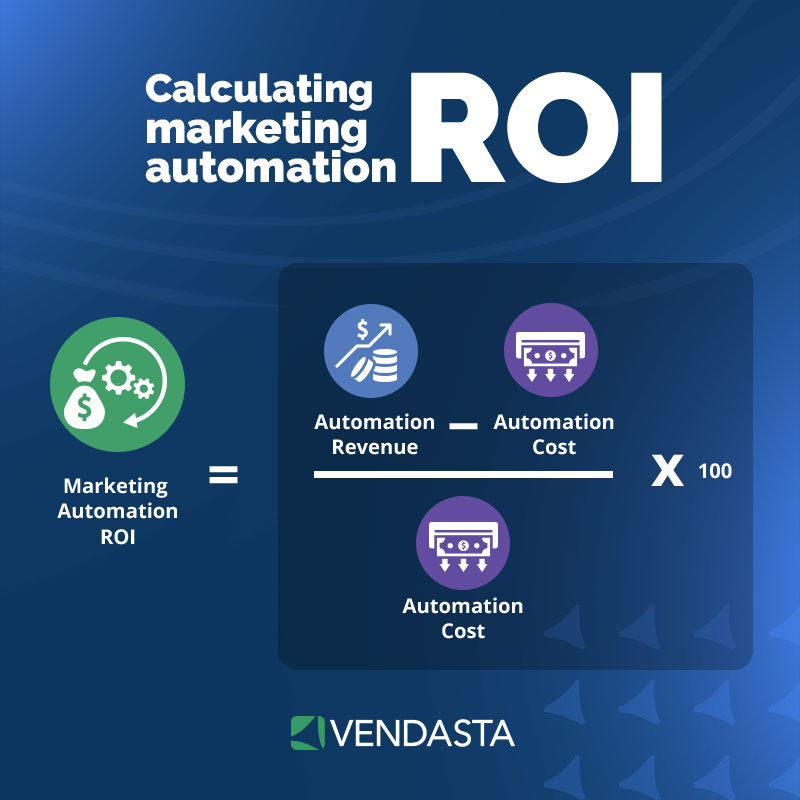
How to create a marketing automation strategy
Implementing any new AI business idea—including a new marketing automation strategy—requires planning and careful implementation. This step-by-step roadmap is designed to help you confidently work omni-channel marketing automation into your business.
Step 1: Conduct thorough research
Before you can automate your marketing efforts, you need to understand your starting baseline.
Start by analyzing customer data, including demographics, behavior patterns, and information gleaned from questionnaires or survey responses. This data is helpful in creating your ideal customer profiles (ICPs)—insights into who your customers are and what they need most from your agency.
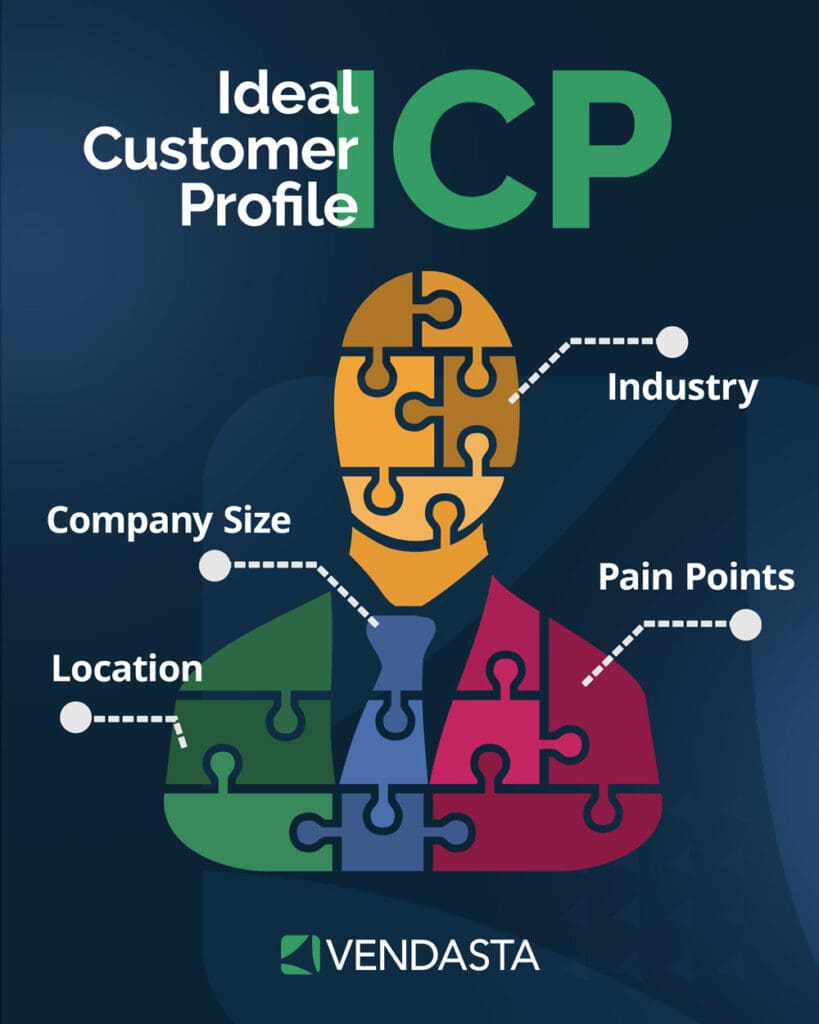
Next, review your website visitors and lead data. Use tools like Google Analytics to track visitor behavior, identify high-traffic pages, and get an accurate view of your customers’ journeys.
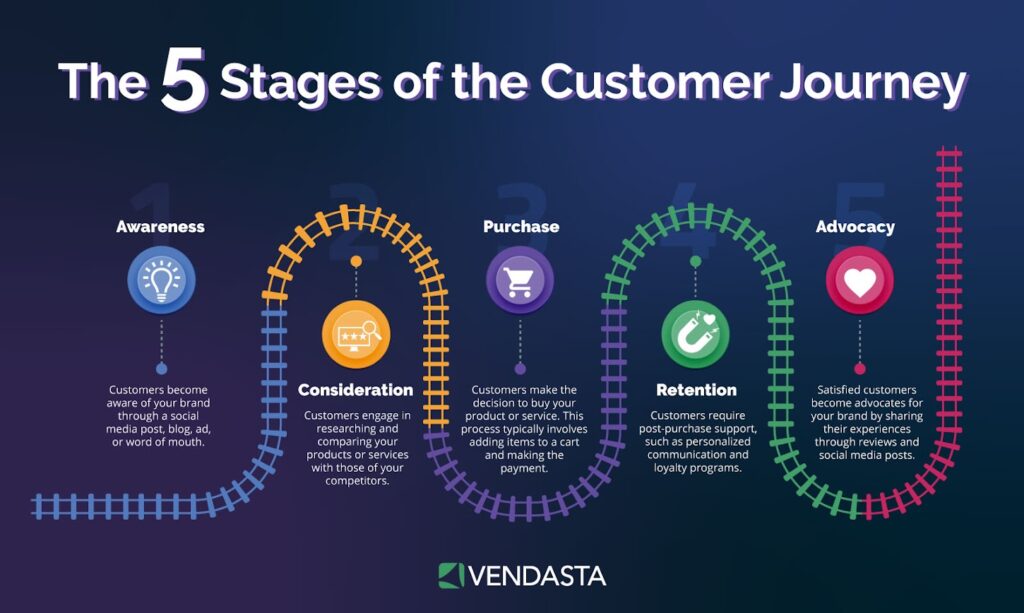
Take note of how visitors convert into leads and where drop-offs or bottlenecks occur—these will be great candidates for lead automation later in this process.
Competitor analysis is also non-negotiable. Investigate how your competitors are using marketing automation and identify any gaps in their strategies or opportunities you can leverage in your own business.
Step 2: Define buyer personas
Creating buyer personas is a tried-and-true method for effective traditional and digital marketing that is equally helpful in the age of automation.
These personas represent idealized versions of your customers and include information about their demographic and psychographic characteristics, challenges, and goals.
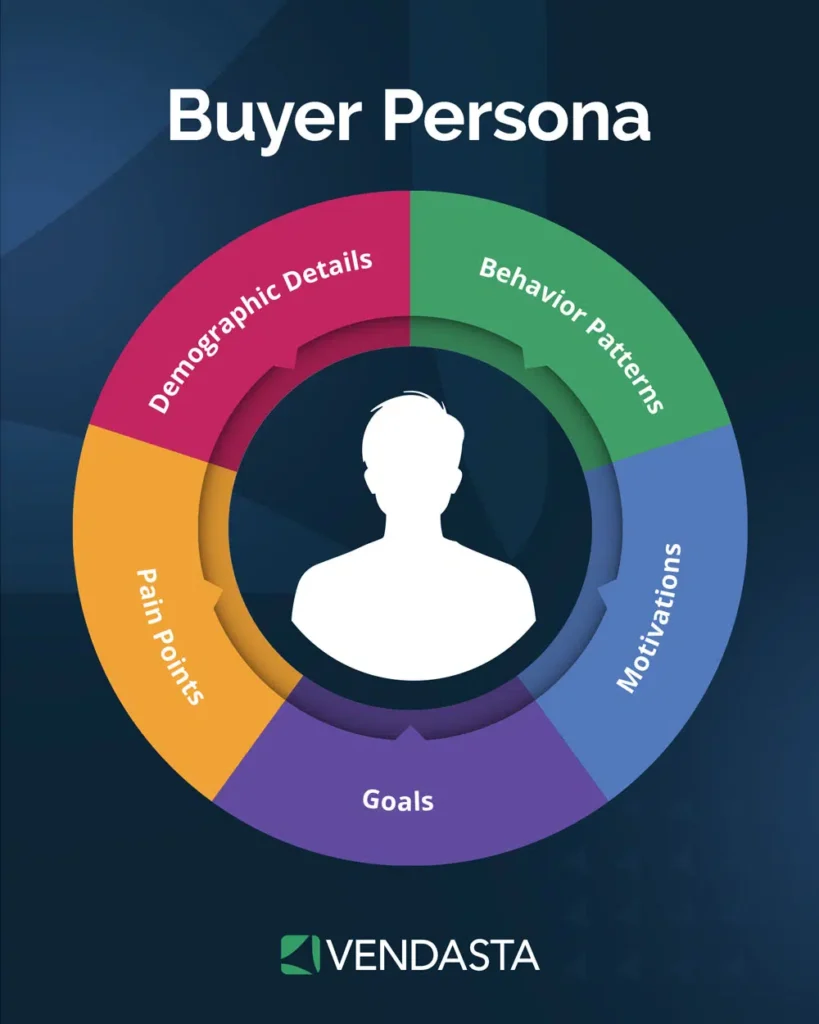
If you serve different audience types, segment your personas accordingly.
For example, a B2B security as a service (SaaS) business might have personas for small local business owners, mid-level managers, and C-suite executives, each with distinct needs and preferences. Creating these personas makes it much easier to craft effective messaging since they act as a north star for decision-making.
Step 3: Set SMART goals
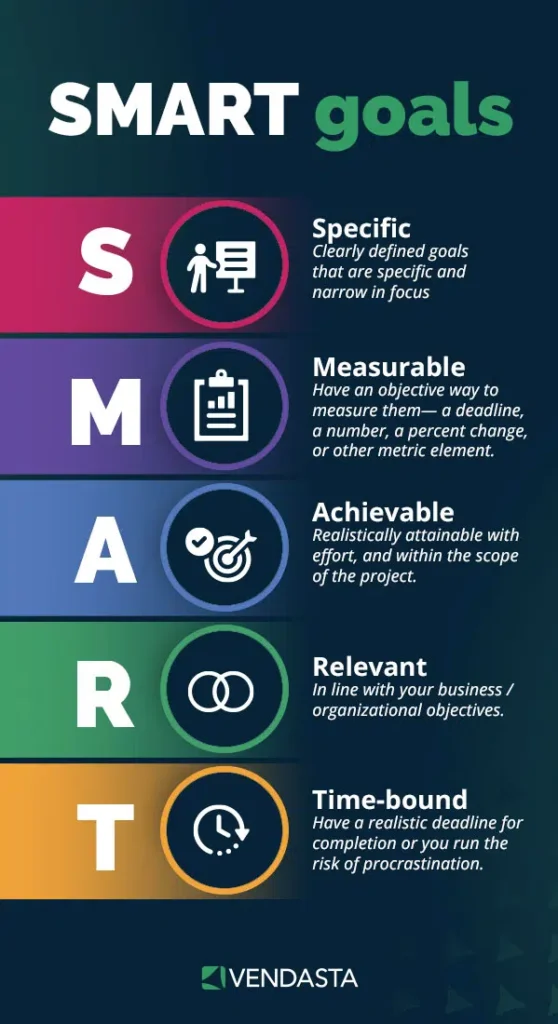
SMART is an acronym for goals that are specific, measurable, achievable, relevant, and time-bound. Sticking to these criteria will help you avoid coming up with impractical or hard-to-measure goals.
For example, a poorly defined goal might be that you want to have more conversions. A SMART goal could be to increase landing page conversions by 15 percent by the end of the quarter. With the SMART goal, it’s easy to determine when the objective has been reached.
Your SMART marketing automation goals should align with your overall business objectives. For instance, if you aim to grow your customer base, your marketing automation goals should support this by focusing on lead capture automation.
Step 4: Choose the right marketing metrics
Once you have established your marketing automation strategy goals, it’s important to determine which key performance indicators (KPIs) you’ll use to track them.
Meaningful data you might track includes:
- Revenue
- Conversion rates
- Customer lifetime value
- Leads per conversion
- Cost per lead
- Cost per conversion
- Conversions by lead source
Tools like Google Analytics or built-in analytics dashboards, such as Vendasta’s Advertising Intelligence, in marketing automation platforms make it easy to track these metrics.
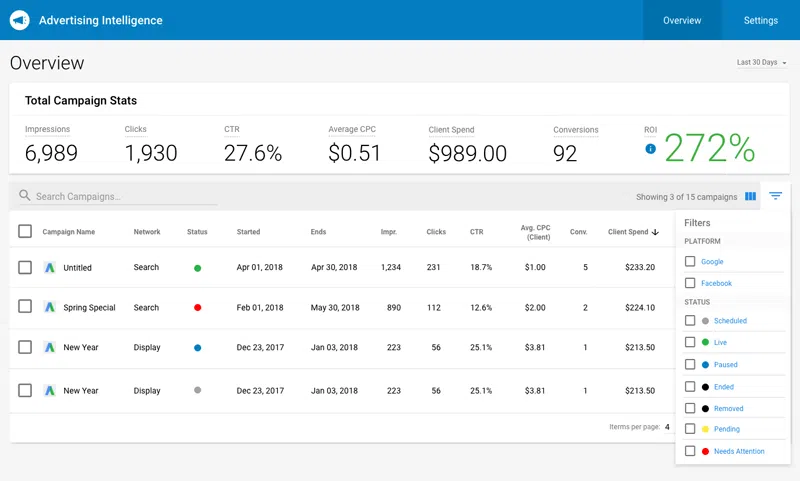
Step 5: Map out the full strategy
Before diving into your marketing automation workflows, it’s helpful to take some time to map out your complete marketing automation strategy.
Your framework should include your goals, buyer personas, key metrics, campaigns, channels, and tools.
Here is an example from Mayple of how a small business owner, Eric Blanding, developed a marketing automation strategy to increase his online sales. Blanding’s brand, Premier, implemented automated notifications for price drops. During the test period, this solution led to a 12 percent click rate and a 73 percent open rate, significantly boosting sales.
Here’s the breakdown of the strategy:
- Goal: Increase online sales.
- Buyer persona: A skateboarding and streetwear culture enthusiast aged 18-25 without a full-time job.
- Tools: Price Drop Trigger automation to send automated emails based on behavioral segmentation.
- KPIs: Open rate, click-through rate.
- Campaigns: Customer engagement email series.
- Channels: Email marketing.
- Stakeholders: Marketing team, content team
Your overall marketing automation strategy will likely consist of multiple frameworks like this one, targeting your various goals and audience segments.
Step 6: Select campaigns
Next, it’s time to zero in on the marketing automation campaigns that align with your goals and buyer personas. Common campaign types include welcome emails, lead nurturing sequences, onboarding series, and re-engagement campaigns.
For each campaign, outline the purpose, flow, and customer touch points. For example, a welcome email series might include a sequence of three emails: a welcome message, an introduction to your services, and a follow-up with a special time-limited offer.
- Welcome campaign: Build rapport with new entrants to your lead generation CRM by sending a series of welcome emails. Personalize the first email and provide value by offering a discount or exclusive content later in the flow.
- Lead nurturing campaign: Move leads through your sales funnel with targeted content based on their actions, such as on-site behavior. Use lead scoring to prioritize high-potential leads and tailor messages accordingly.
- Onboarding campaign: Help new customers get started with your service. Consider including tutorial videos and FAQs to help them feel confident.
- Re-engagement campaign: Win back inactive subscribers with compelling offers or content. Consider personalized messages and highlighting newer features or benefits.
Pro Tip: Constant Contact is a great solution that includes customizable email templates, list management tools, and real-time reporting to take email marketing automation to the next level.
Step 7: Implement and optimize
Once your strategy and campaigns are set up, it’s time to launch and monitor.
Marketers know the importance of continuous testing and refinement, and using automated solutions doesn’t change this fact. Test different elements of your campaigns, like subject lines, content, and timing, to optimize performance. Using an AI website builder to A/B test your landing pages and forms can boost ROI.
Examples and use cases
The beauty of marketing automation is that it can be used throughout the customer life cycle. Consider these practical scenarios:
- Make money with AI in e-commerce: Use marketing automation and AI insights to send timely personalized product recommendations based on browsing history and past purchases.
- Deepen client relationships in a SaaS business: Automate the onboarding process with a series of emails and in-app messages guiding new users through key features and inviting them to get in touch if they have any questions.
- Scale faster in B2B: Run an AI agency lead nurturing campaign that sends targeted content to prospects based on their engagement with your webinars and whitepapers.
- Drive greater impact in the non-profit sector: Send automated thank-you emails and updates to donors, boosting engagement, retention, and subsequent donations.
For a real-world example, consider eco-conscious watch company TruWood: they used a marketing automation strategy based on recovering high-value abandoned carts to boost their click-through rate by 18 percent and generate an enviable 35x ROI (Mayple).
Future of marketing automation
Looking ahead, it’s clear that the future of marketing automation is closely tied to advancements in AI.
Emerging AI capabilities, like predictive analytics and content creation, are set to enhance the effectiveness of automation even further. Modern algorithms can analyze vast amounts of data to predict customer behavior, allowing for more personalized and timely interactions, while also giving marketers the power to automate ever more routine tasks.
But with all this excitement around AI, the differentiating factor for many agencies will still be the human touch. While AI can handle many tasks, strategic decision-making and creativity still require a human touch. Striking a balance between automation and human input will be key to maximizing the benefits of marketing automation.
This article was originally published at Vendasta.
Photo: Alex Verrone / ShutterStock

